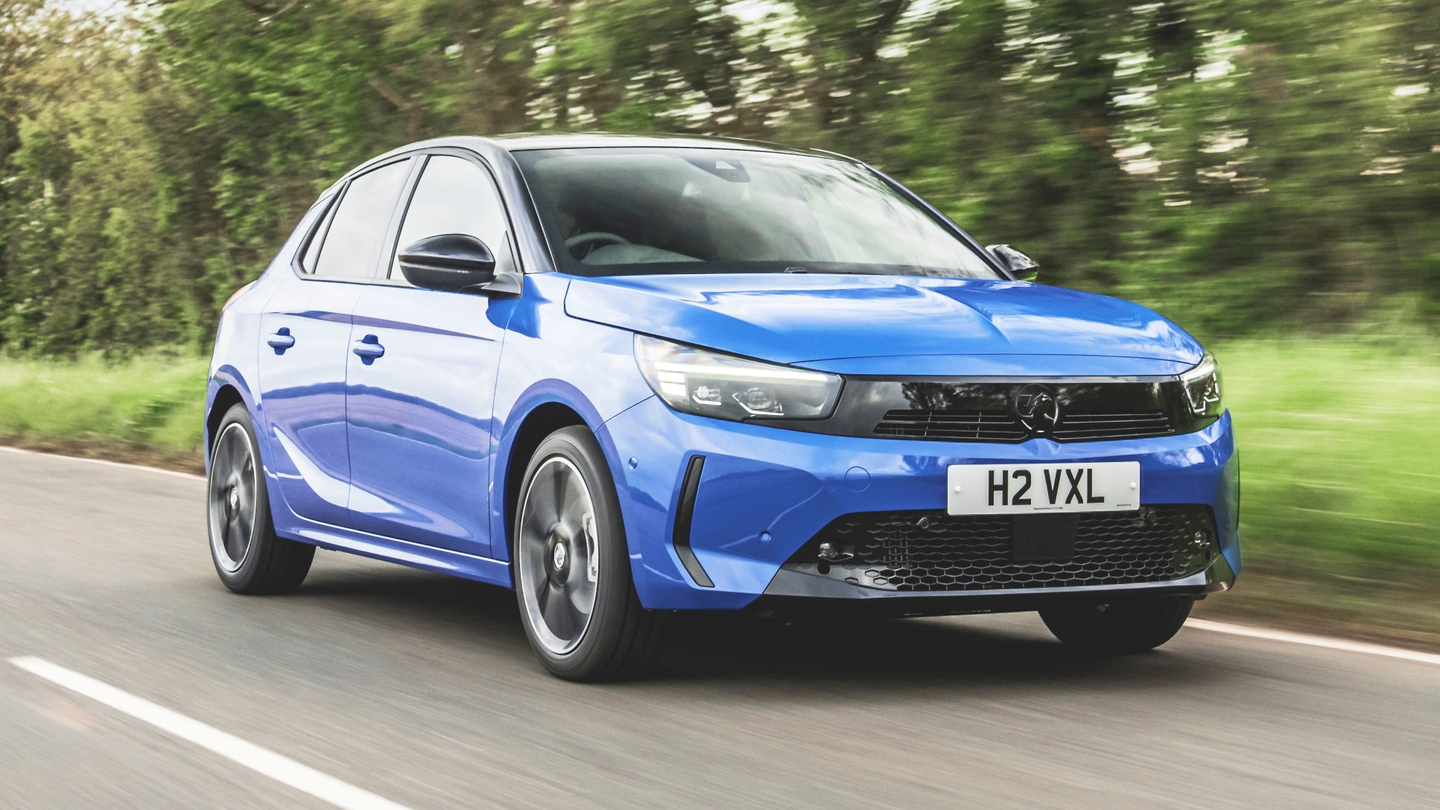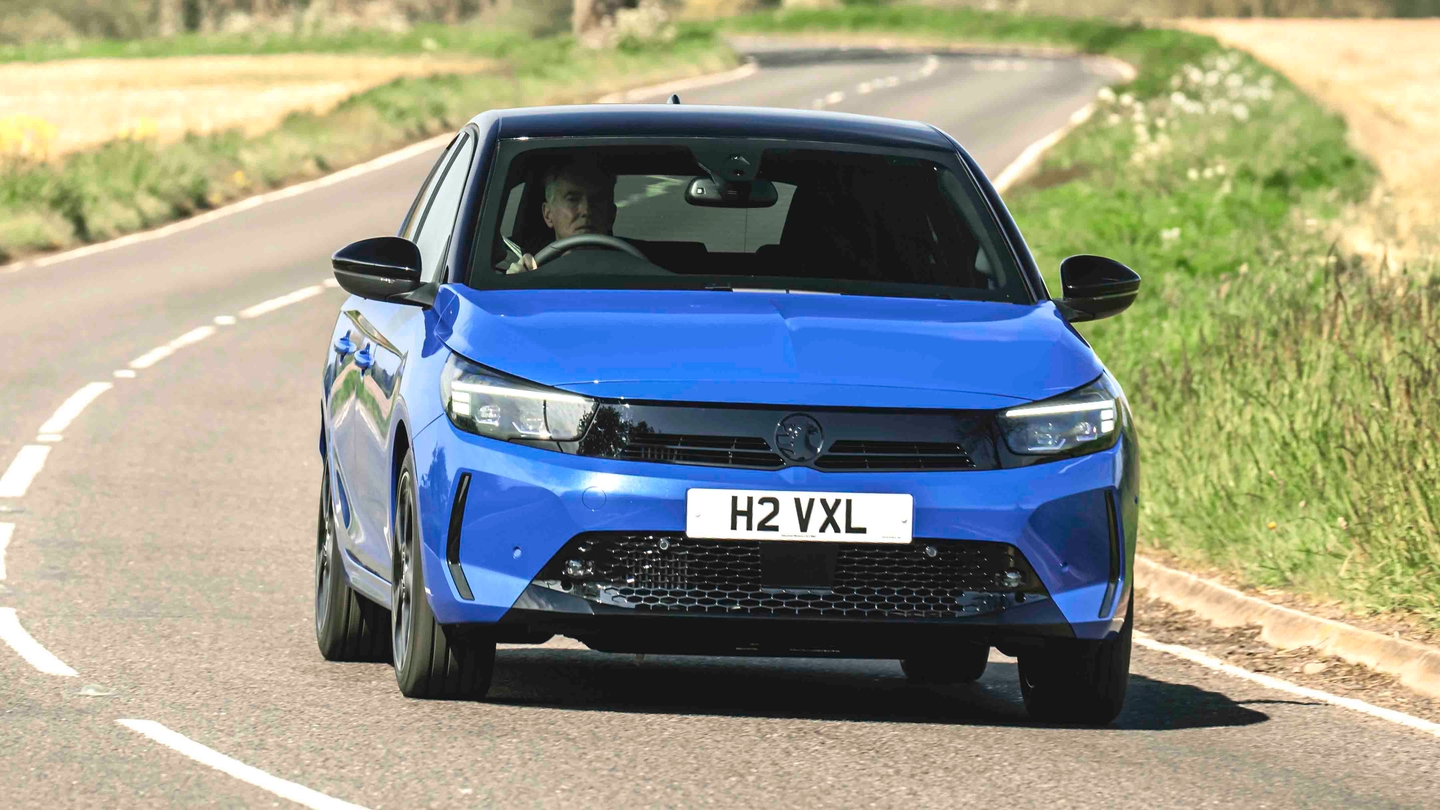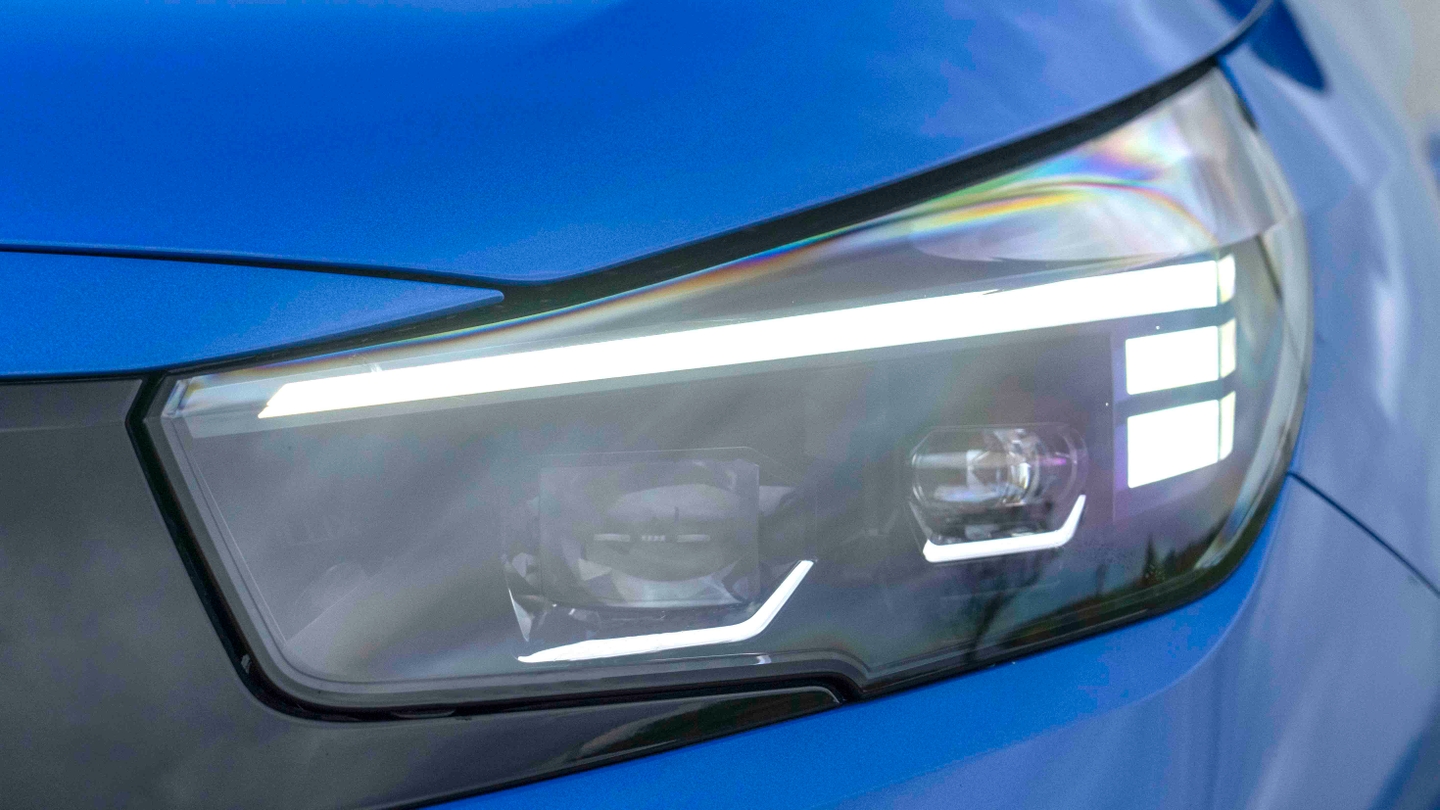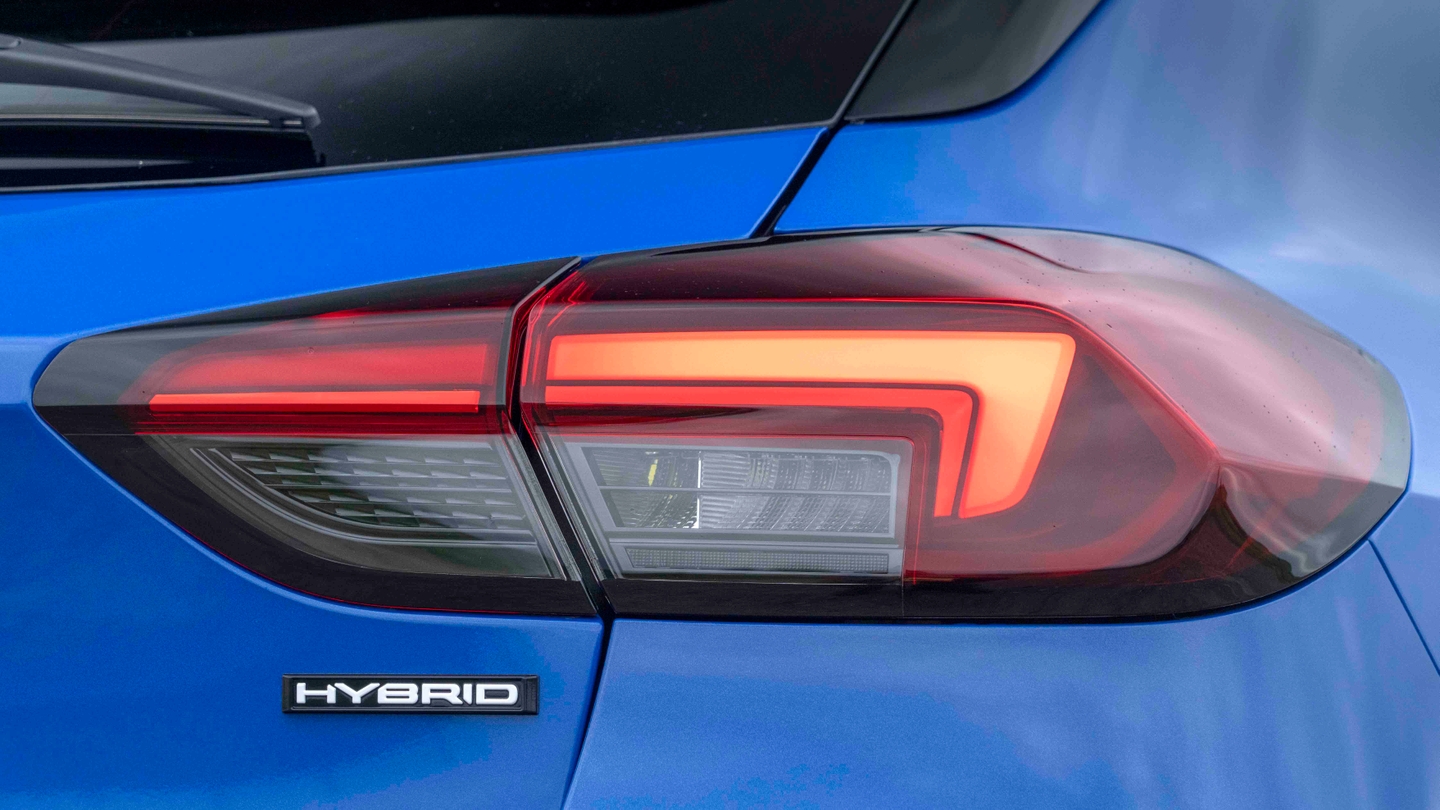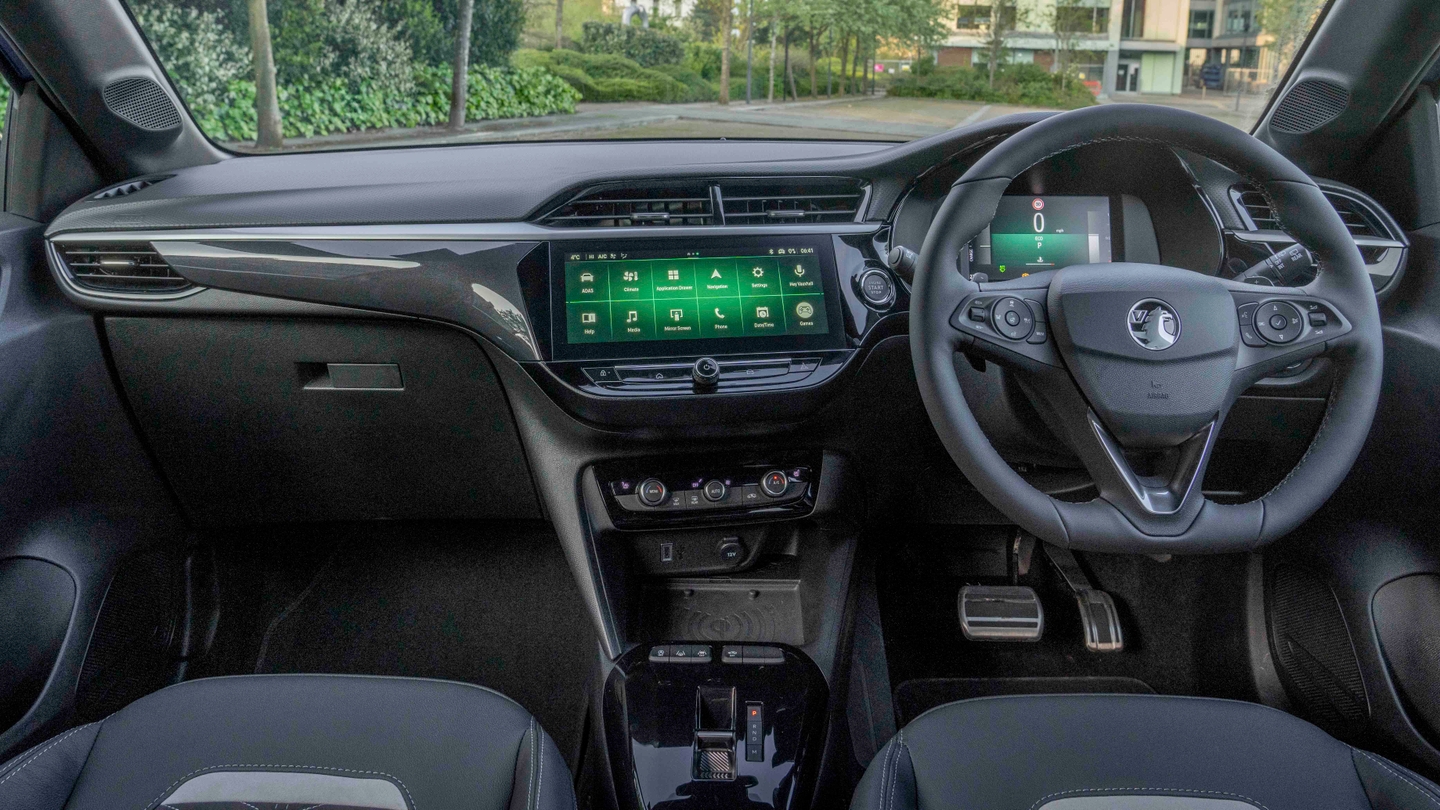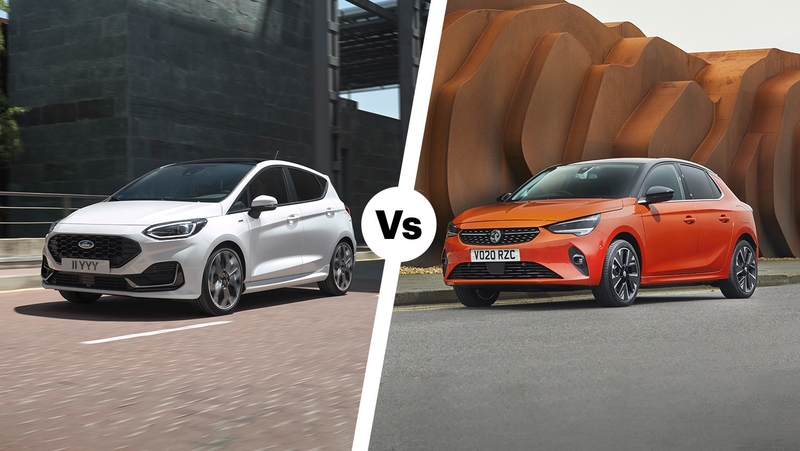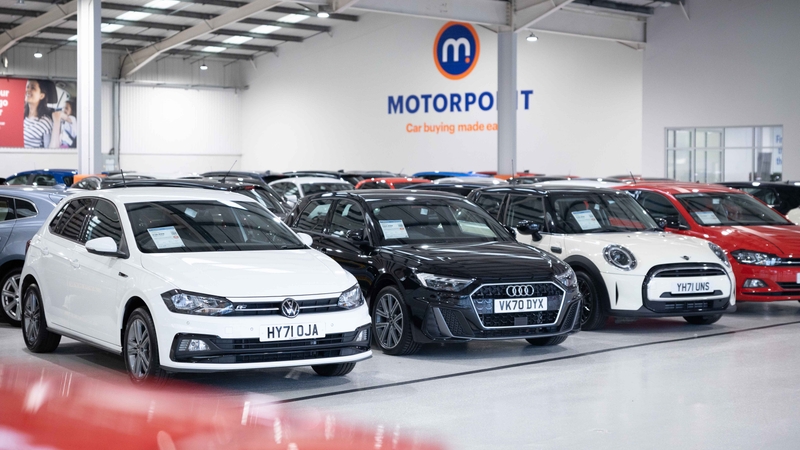
Vauxhall Corsa interior, technology and practicality
Gallery
Comfort and visibility
There are no outlandish designs to be found in the Corsa’s cabin, which also means the layout is completely fuss-free. All the controls are easy to reach and clearly marked, and the heater and A/C controls are still proper knobs and buttons, which are easier to use on the move than the touchscreen versions you’ll find in the Peugeot 208 and Citroen C3.
You’ll find it easy to get comfortable in the driver’s seat with standard height adjustment and a steering wheel that adjusts for rake and reach. The seats themselves are pleasant to sit in, although they don’t have quite as much lumbar support as the ones fitted to the Fiesta. Top-spec Corsas are available with a massaging driver’s seat so you can bask in comfort during your morning commute, while most get heated seats.
Your view out the front and sides is clear, making it easy to place the Corsa on the road. Over-the-shoulder visibility is about average for the class because, like most competitors, the Corsa has a thick rear pillar for rollover protection, which makes it a little tricky to see your blind spots.
Standard equipment
Vauxhall previously offered four main trim levels for the Corsa until the end of 2021 – SE, SRi, Elite and Ultimate Nav. From 2022 onwards, the company updated these to a choice of Design, GS Line and Ultimate.
Entry-level SE models, offered until 2021, are generously equipped with 16-inch alloy wheels, air conditioning, cruise control, LED headlights with auto high beams, and an infotainment system with Apple CarPlay and Android Auto. You also get key active safety features including automatic emergency braking and lane-keep assist as standard. Design took over from SE in 2022 and has broadly the same standard equipment.
Vauxhall also offered the upgraded SE Premium trim, which adds rear parking sensors, auto lights and wipers, plus heated front seats and a heated steering wheel on manual cars. You’ll also find SE Nav versions, which include a built-in sat nav.

SRi/GS/GS Line injects a little sportiness into the Corsa lineup. On top of SE spec, you’ll find different alloy wheel designs along with restyled bumpers, a chrome exhaust tip and a contrast-colour black roof. You also get sports-style front seats, rear parking sensors, automatic lights and wipers, and a sport driving mode on turbo petrol models. At some point in 2021, Vauxhall swapped SRi and above trims to digital dials in place of traditional instruments.
Again, there was also a Premium add-on available for SRi cars. These gain full automatic climate control, keyless entry, electrically folding door mirrors and, on manual versions, heated front seats and a heated steering wheel.
Elite was only available on Corsas up until 2022 and sat between SRi and Ultimate. This gains heated front seats and, on manual cars, a heated steering wheel, along with automatic lights and wipers. You also get part-leather upholstery, a reversing camera, all-round parking sensors and a front centre armrest.
This is one of our favourite versions of Corsa, as you get so much kit in a car that still feels quite new but comes in under £200 per month on PCP finance.
Ultimate sits at the top of the range and includes the sharper 17-inch alloys from SRi/GS Line cars along with clever matrix headlights that let you keep the high beams on without dazzling other drivers. Inside, there's a larger 10-inch infotainment system with built-in sat nav, keyless entry and starting, part-leather upholstery, wireless phone charging from 2021 onwards, a massage function for the driver's seat and automatic climate control. This trim is mostly unchanged for 2022 and newer Corsas, save swapping out the part-leather upholstery for part-Alcantara instead.
Infotainment and audio

There are two touchscreen infotainment systems available for the Corsa – a seven-inch basic model and an upgraded 10-inch unit (which previously was reserved for top-spec Ultimate versions, but now it’s standard). All models include Apple CarPlay and Android Auto so you can use your phone’s built-in nav and music apps through the car’s screen. That means the only real reason to upgrade to the range-topping unit is that it looks a little nicer and doesn’t have the chunky bezel of the smaller screen.
The graphics on display are far from the worst in this segment, but they’re some way off the class best. On-screen buttons can be hard to hit on the move, although navigating between functions is made easier by the shortcut buttons – which are touch-sensitive on the smaller screen and physical on the larger unit. Responsiveness is middling – lacking the razor-sharp reflexes of the best in class but without the lag you’ll find in some of the worst.
There’s only one stereo choice in the Corsa – a six-speaker unit that’s the same regardless of what touchscreen you have equipped. The sound quality is perfectly acceptable but audiophiles will be happier with the optional upgraded stereos offered in the Ford Fiesta or Volkswagen Polo.
Rear seat space

There aren’t any cars in the Corsa’s segment that truly perform well for rear seat space, with the exception of the cavernous-but-expensive Honda Jazz. You can fairly easily seat one six-foot-tall rear passenger behind a six-foot front passenger, but those in the back won’t have lots of room to stretch out, with headroom being a limiting factor.
All Corsas are now five-door only, which makes rear access easier than the handful of remaining three-door rivals. That said, the rear-door opening isn’t huge so you won’t have lots of spare room to manoeuvre your kids into their car seats.
Boot space

Not only does the Corsa’s 309-litre boot – measured to the parcel shelf – beat the Fiesta’s 292-litre space on paper, it also feels larger in practice. There’s a wider opening and a slightly more square shape overall. The difference isn’t night and day, but the Corsa should be more than a match for the weekly shop. Fold the rear seats down and you get 1,118 litres – again, a few milk bottles larger than the Fiesta.
One thing to bear in mind if you buy the electric Corsa is that the boot is slightly smaller, at 267 litres. What’s more, some of that boot space is likely to be taken up by the charging cable, unless you can store it at home when you’re not using it.






























